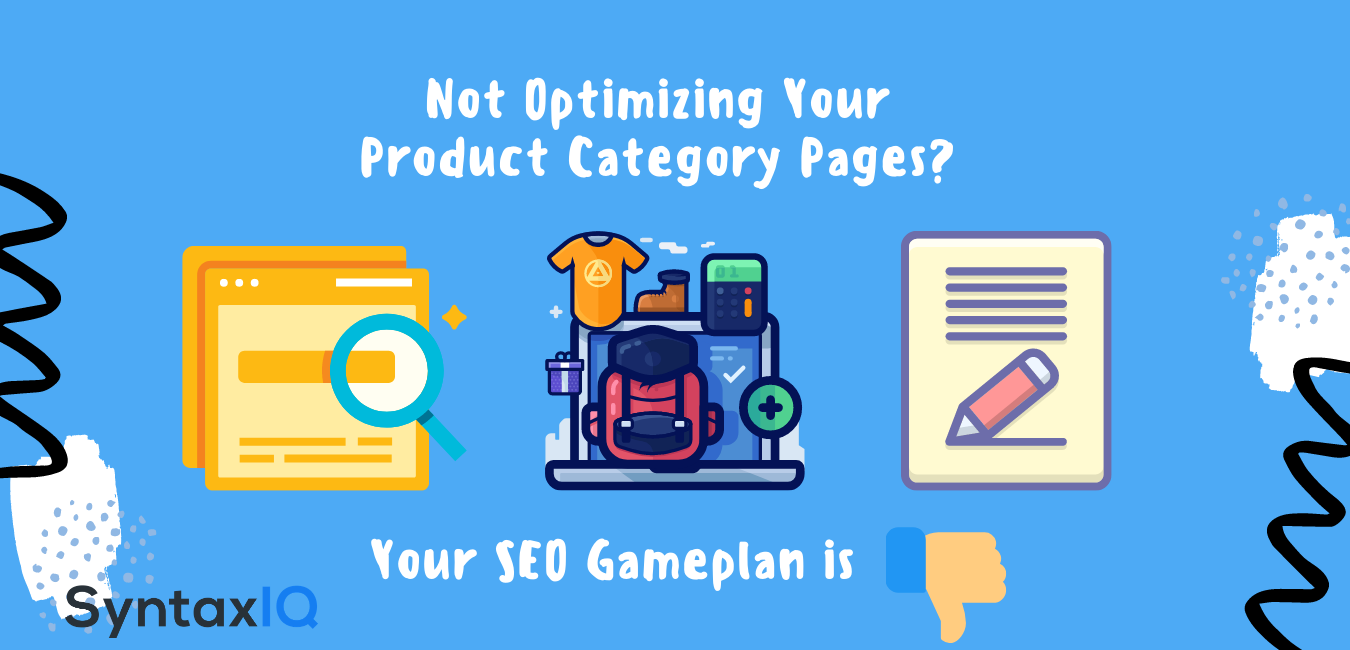How To Properly Ace Your Amazon SEO Campaign?
By Paul Wynter August 2nd, 2020Whenever we talk about SEO, too often, we only consider Google and nothing else. And there's no harm in that, of course, we all desire the best rankings in search engine results. Nut have you ever considered that you wouldn't be selling your product only through your website but also through product pages on Amazon. In such cases, your product page must also appear on top of your competitors. Your Amazon product page also needs to be found by potential customers within the top search engine results as per the keywords. Otherwise, just like Google SEO, your product will most likely remain undiscovered among the many competitors’ product pages.
How impactful is Amazon SEO?
It might not be as much discussed as the other SEOs, especially Google's, but when it comes to impacting online sales, Amazon SEO is just as effective as the others. Failing to get your Amazon SEO right will cause lesser traffic to flow into your web page and hence fewer sales. The search algorithm implemented by Amazon works considerably differently than the usual Bing and Google algorithms.
If we could summarize and comment, then Amazon's SEO has way less ranking signals or impacting factors than the typical SEOs. A usual SEO has around 200 such factors, although this data is arguable. Amazon has much fewer, but it would be wrong to presume that this makes acing the algorithm easier. If we try analyzing the algorithm from a web-SEO perspective, we really will impose a hard time upon ourselves. This is principal because Amazon is a buying platform first.
A basic overview of Amazon's Search Algorithm
The Amazon SEO algorithm is known as the A9 after the subsidiary company responsible for handling the company's SEO. As A9 explains, they manage advertising and search technologies that are highly available, scalable, and cross-platform for their clients and the parent company Amazon. As the world's largest eCommerce website, we must understand that they only care about a single thing, and that is efficiently selling to its huge customer base.Now, the basic aspect where Amazon's SEO differs from Google's is that Google searches are mostly informational, whereas Amazon searches are transactional. Hence, the algorithm boils down to only a few factors that impact the results, especially performance and relevance.
If you manage to optimize the product's page with respect to these two vital factors, then the chances are high that you will convert and sell much more on the website. Both performance and relevance can be categorized into a few sub-factors, which we will discuss henceforth.
Product's Title
The title of your product goes a long way to determining your SEO ranking in Amazon. It is the most relevant factor as far as the product's relevance is concerned. The aim is to include the most relevant keywords inside your product title. A few tips can be followed to ensure that you have the most relevant product title.
• It is mandatory to include the brand name inside the product title. • It must describe the title briefly. • Specify the color and size of the product. • Mention any essential ingredient associated with the product. • Mention the product's quantity if possible.
Be careful of stuffing your product title with too many keywords. The title is very limited space for including keywords, and hence a long-drawn title is not desired. This can be harmful to your SEO.
Seller Name
The name of the seller impacts your ranking in the form of a relevance factor. Marketers have noticed that when they include the main keywords within the seller's name, the rankings within the organic search results are boosted.
For instance, when we search in Amazon for the "American flag cap for men," the first results come from the seller named "World of Men." The term "Men" included within the seller's name can be an influencing factor in this case. Now, if we remove them from men part from the search phrase, we would probably get different results.
3. Backend keywords
These are basically hidden keywords that can only be used in the4 backend section of your seller account. They function by telling the Amazon Algorithm that this specific product is trying to target a particular keyword on the website. Backend keywords can be considered analogous to Meta tags that indicate Google what the webpage is all about. This lets the search engine determine when to show the page to the people searching for information, or in this case, your product.
4. Bullet points in the Product description
Do not just drop paragraph after paragraph of product descriptions. It just doesn't cope well both for your buyers and for your SEO campaign. Your description needs to be detailed, persuasive yet concise. Hence, you would need to include bullet points with just the required information and nothing extra. Include relevant keywords here as well.
Conclusion
Amazon SEO is a bit different than your average Google SEO, and hence mastering it takes a bit different strategy. The above guidelines can be followed for optimum SEO campaign results for your products.
Share:
Create Your Free Account
Have questions? Contact Us at [email protected]





